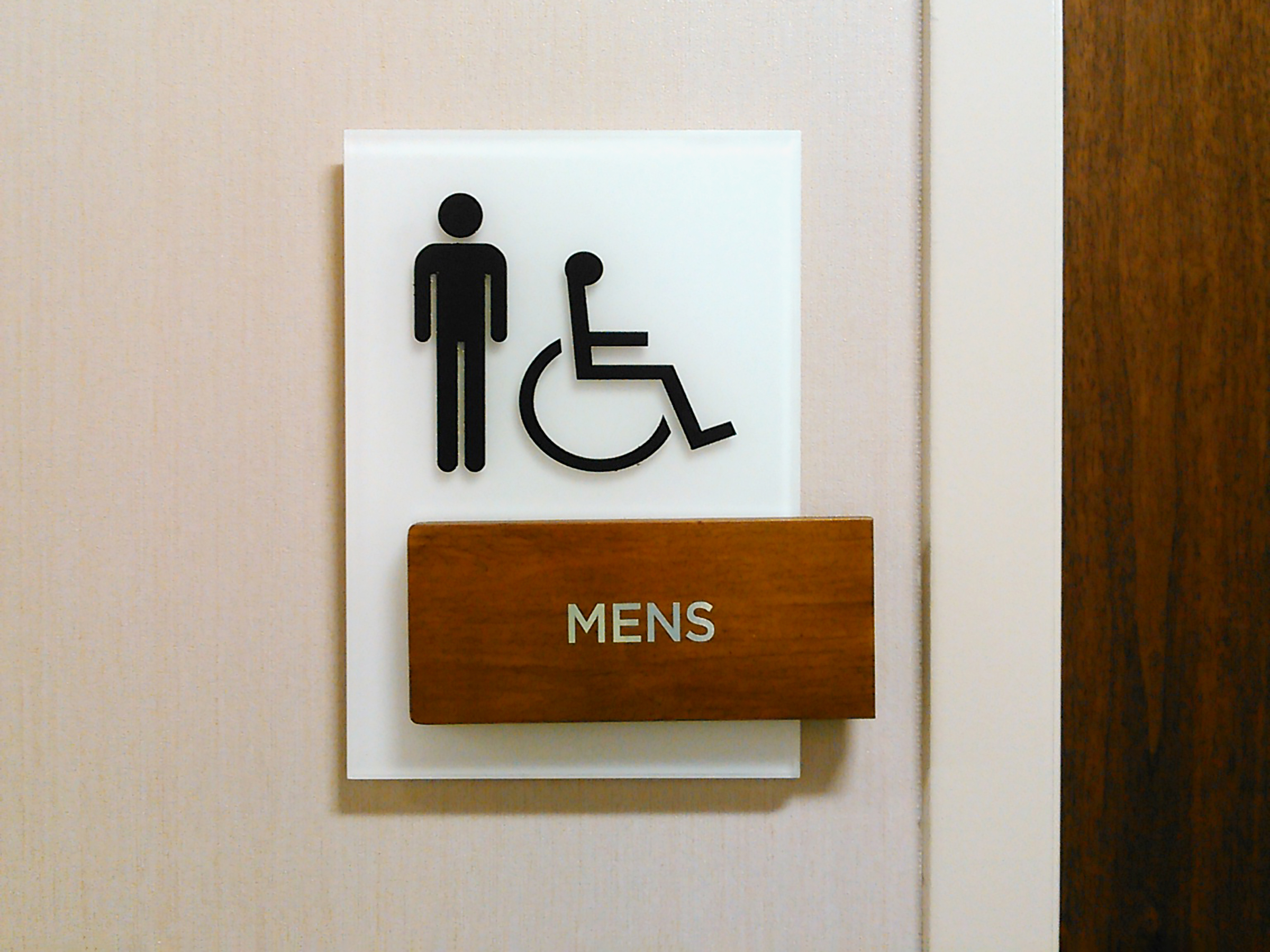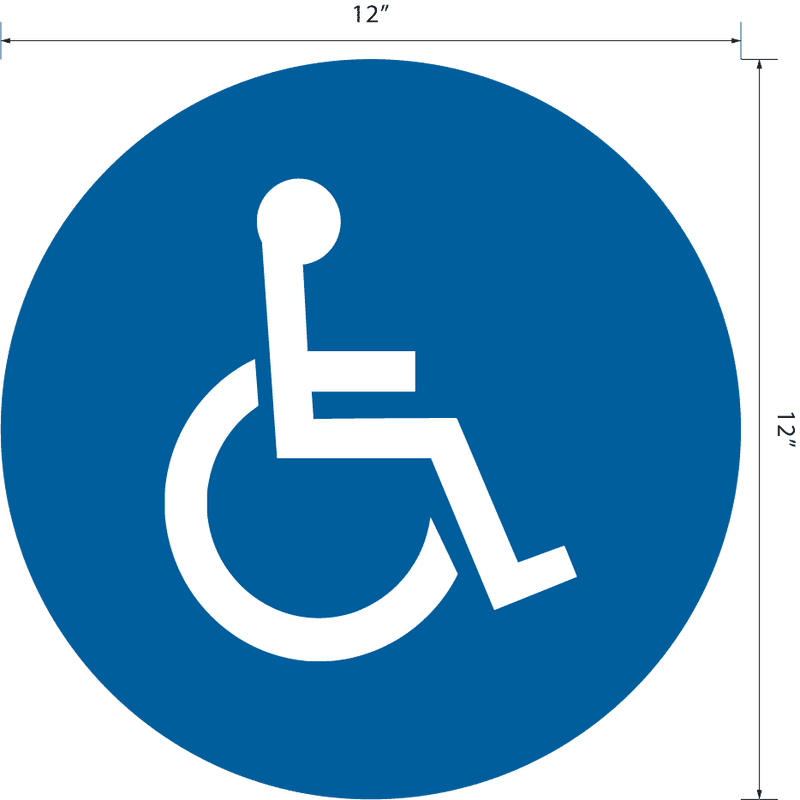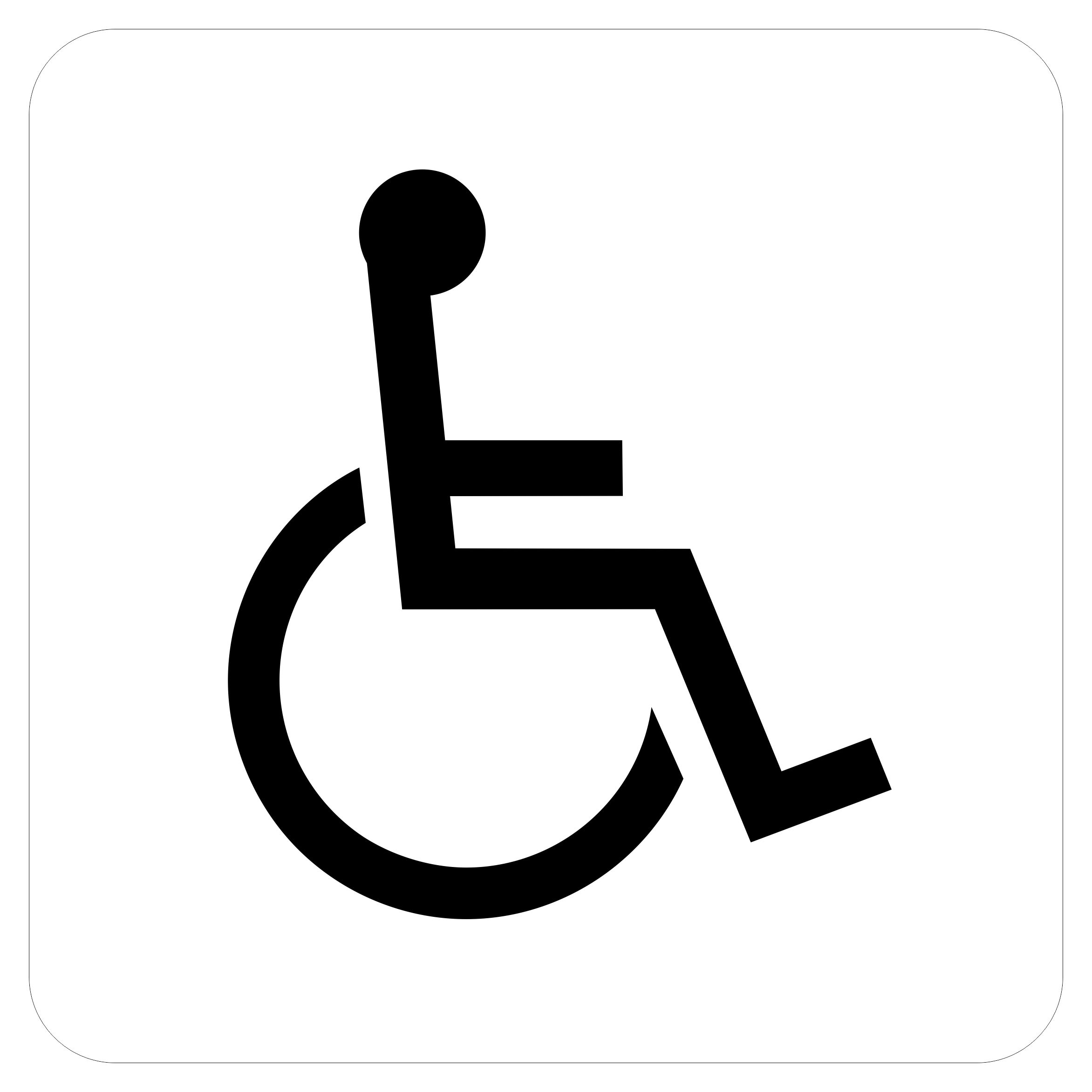A Comprehensive Overview to Choosing the Right ADA Signs
A Comprehensive Overview to Choosing the Right ADA Signs
Blog Article
Checking Out the Secret Functions of ADA Indications for Boosted Accessibility
In the world of accessibility, ADA signs serve as quiet yet powerful allies, ensuring that areas are inclusive and navigable for individuals with handicaps. By integrating Braille and responsive components, these signs damage barriers for the visually impaired, while high-contrast color systems and legible font styles accommodate diverse aesthetic requirements. Additionally, their critical placement is not arbitrary however instead a computed initiative to assist in seamless navigation. Yet, beyond these attributes exists a much deeper story regarding the evolution of inclusivity and the ongoing commitment to producing equitable spaces. What much more could these indications represent in our pursuit of universal accessibility?
Relevance of ADA Conformity
Ensuring conformity with the Americans with Disabilities Act (ADA) is essential for promoting inclusivity and equivalent access in public spaces and work environments. The ADA, established in 1990, mandates that all public facilities, employers, and transport solutions accommodate people with impairments, ensuring they enjoy the very same rights and chances as others. Compliance with ADA requirements not only fulfills lawful responsibilities yet likewise enhances a company's track record by demonstrating its commitment to diversity and inclusivity.
One of the vital facets of ADA compliance is the implementation of available signs. ADA indications are made to ensure that individuals with handicaps can conveniently browse through structures and rooms. These indicators should follow details standards regarding dimension, font style, shade contrast, and placement to guarantee presence and readability for all. Properly executed ADA signage helps get rid of barriers that individuals with handicaps frequently run into, therefore promoting their independence and confidence (ADA Signs).
In addition, sticking to ADA policies can alleviate the threat of prospective penalties and legal repercussions. Organizations that fail to follow ADA standards might encounter claims or charges, which can be both destructive and financially burdensome to their public image. Therefore, ADA compliance is integral to fostering an equitable setting for every person.
Braille and Tactile Components
The consolidation of Braille and responsive components into ADA signage symbolizes the concepts of access and inclusivity. It is generally put below the corresponding message on signs to guarantee that people can access the details without aesthetic aid.
Responsive aspects extend past Braille and include increased personalities and signs. These elements are developed to be noticeable by touch, permitting people to determine area numbers, washrooms, leaves, and other essential locations. The ADA establishes particular standards pertaining to the dimension, spacing, and placement of these responsive aspects to maximize readability and guarantee consistency across different environments.

High-Contrast Color Pattern
High-contrast color pattern play an essential function in boosting the exposure and readability of ADA signage for people with visual disabilities. These systems are essential as they take full advantage of the distinction in light reflectance in between text and history, guaranteeing that indicators are quickly noticeable, also from a range. The Americans with Disabilities Act (ADA) mandates the use of details color contrasts to suit those with limited vision, making it an important element of compliance.
The effectiveness of high-contrast shades hinges on their capacity to stand out in various lighting conditions, consisting of dimly lit atmospheres and locations with glare. Commonly, dark message on a light history or light text original site on a dark background is utilized to attain optimum comparison. Black text on a white or yellow background provides a raw visual distinction that helps check my site in quick acknowledgment and understanding.

Legible Fonts and Text Dimension
When considering the style of ADA signs, the choice of readable typefaces and appropriate message dimension can not be overstated. These components are vital for making sure that indications come to people with aesthetic impairments. The Americans with Disabilities Act (ADA) mandates that typefaces should be not italic and sans-serif, oblique, manuscript, extremely ornamental, or of uncommon type. These needs assist make sure that the text is quickly understandable from a distance which the characters are distinguishable to diverse audiences.
According to ADA guidelines, the minimal text height need to be 5/8 inch, and it needs to enhance proportionally with watching distance. Uniformity in message size contributes to a natural aesthetic experience, helping individuals in browsing atmospheres effectively.
Moreover, spacing in between letters and lines is important to legibility. Adequate spacing avoids characters from appearing crowded, improving readability. By adhering to these standards, designers can substantially improve accessibility, ensuring that signs offers its intended objective for all people, no matter their aesthetic capabilities.
Effective Positioning Strategies
Strategic positioning of ADA signage is crucial for taking full advantage of availability and making sure compliance with lawful standards. ADA guidelines state that indications need to be placed at a height between 48 to 60 inches from the ground to guarantee they are within the line of sight for both standing and seated people.
Furthermore, indicators need to be placed beside the latch side of doors to enable simple recognition before entry. This positioning helps people situate rooms and rooms without blockage. In cases where there is no visit site door, indications must be located on the nearby adjacent wall. Uniformity in indicator positioning throughout a center enhances predictability, minimizing confusion and enhancing general individual experience.

Verdict
ADA indications play a crucial duty in advertising availability by incorporating attributes that address the requirements of people with handicaps. Including Braille and responsive aspects makes sure crucial details is obtainable to the visually impaired, while high-contrast color pattern and clear sans-serif fonts enhance visibility throughout different lighting conditions. Reliable positioning approaches, such as suitable mounting elevations and calculated places, better assist in navigating. These aspects jointly promote an inclusive setting, emphasizing the importance of ADA compliance in ensuring equal gain access to for all.
In the world of accessibility, ADA indicators offer as silent yet effective allies, making sure that spaces are navigable and comprehensive for individuals with specials needs. The ADA, passed in 1990, mandates that all public facilities, employers, and transport solutions suit people with handicaps, guaranteeing they enjoy the very same civil liberties and possibilities as others. ADA Signs. ADA indicators are created to ensure that individuals with disabilities can easily navigate through areas and structures. ADA guidelines stipulate that signs should be mounted at an elevation in between 48 to 60 inches from the ground to ensure they are within the line of view for both standing and seated individuals.ADA indicators play an essential duty in promoting ease of access by incorporating attributes that address the needs of people with disabilities
Report this page